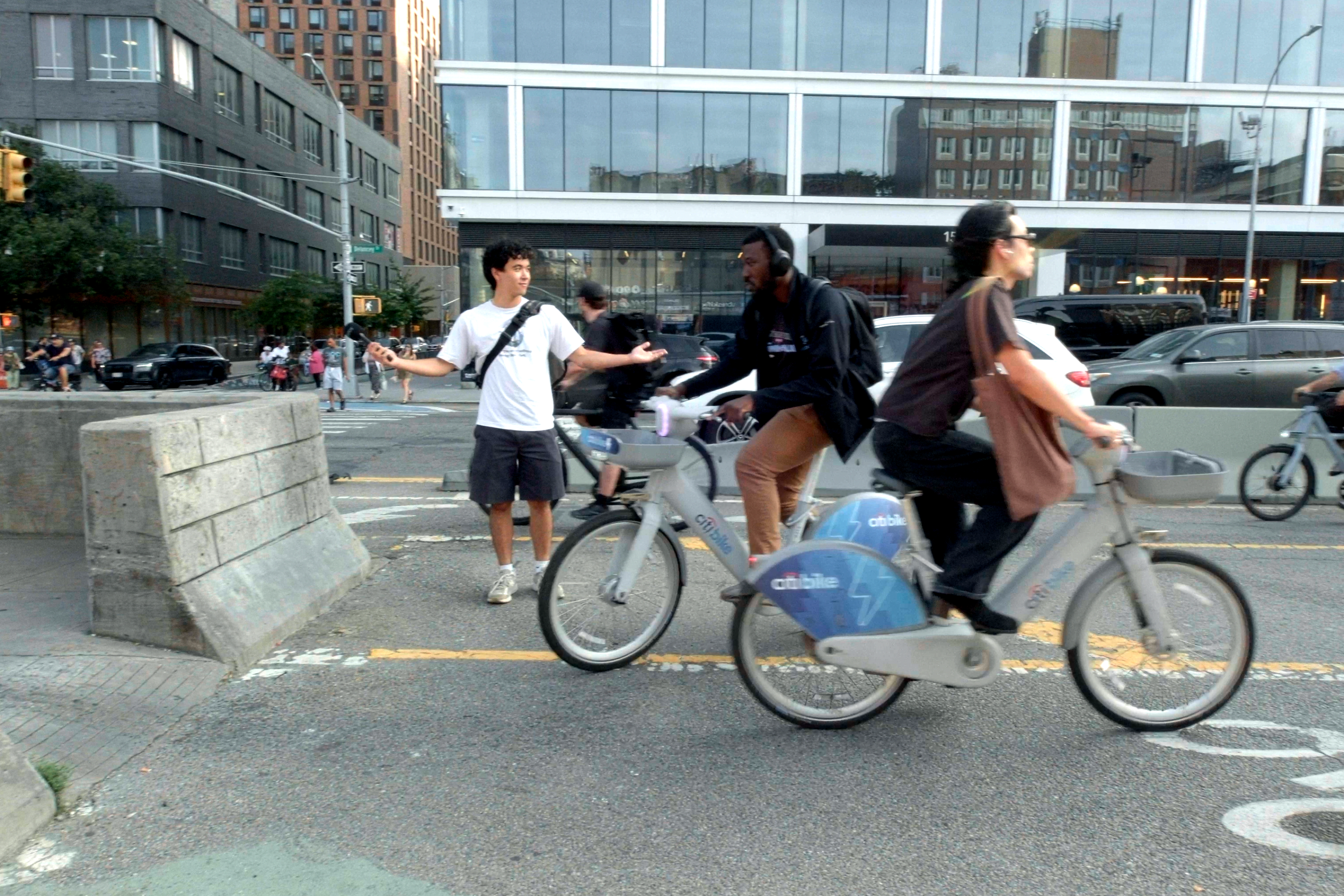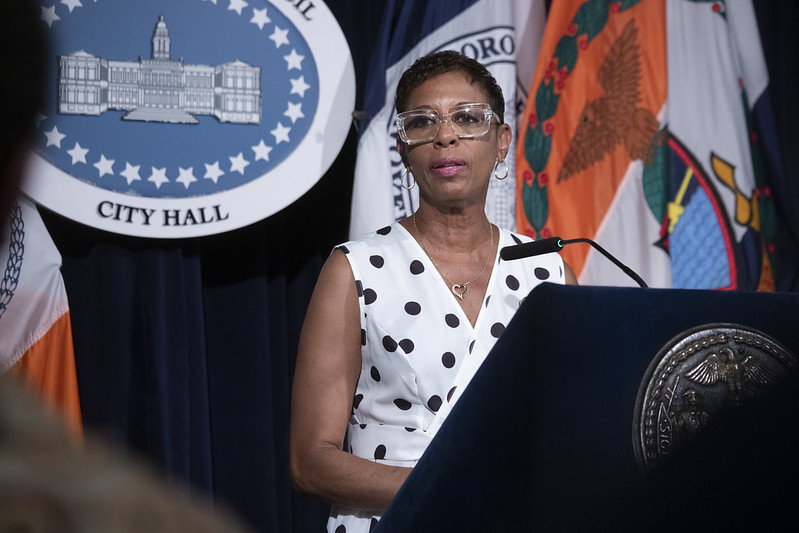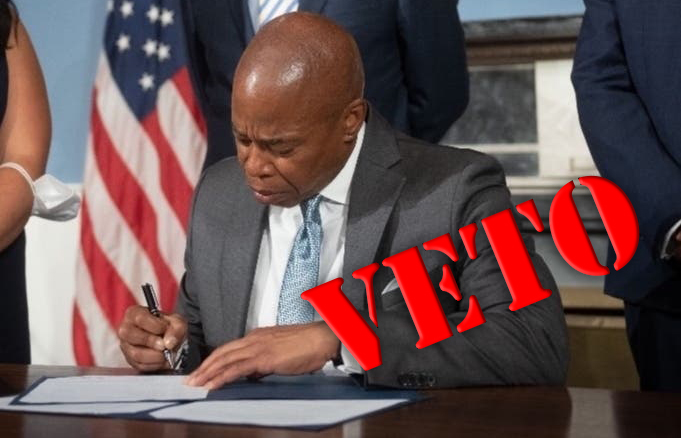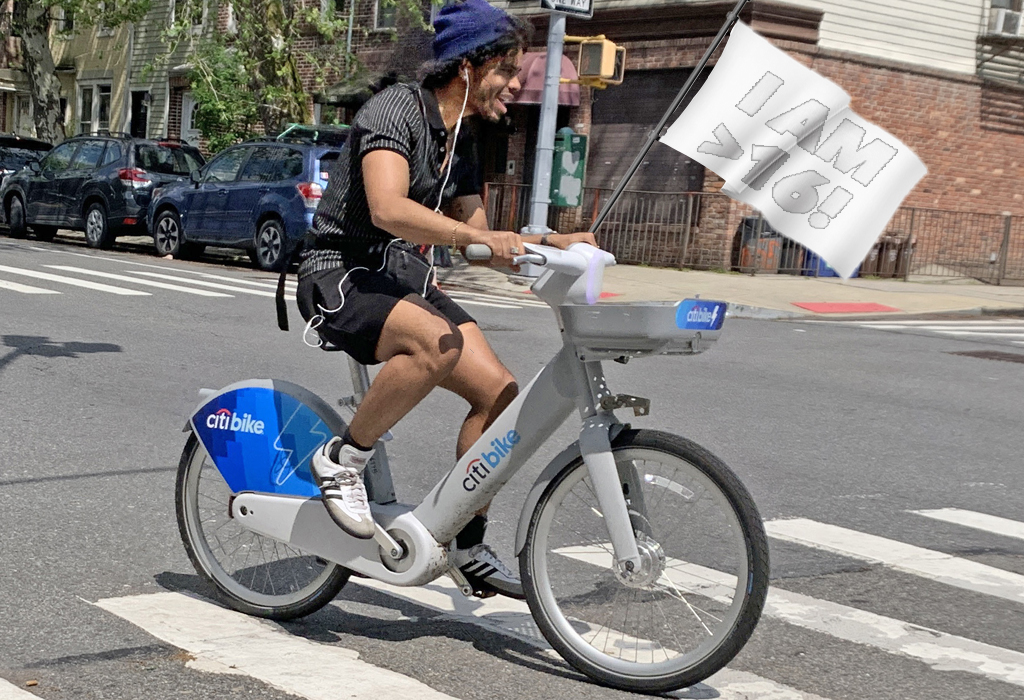Editor's note: These are the highlights from hearings on the upcoming transportation bill, where people made the case to Congress for sustainable transportation options. I'll follow up with the Bad and the Ugly (like a whole lineup of people who want to kick transit out of the Highway Trust Fund).
This week’s stakeholder hearings in the House Transportation and Infrastructure Committee started with impassioned pleas to preserve transit funding, as well as some recommendations for how to make it work better.
Bill Millar of APTA struck a moderate note, appealing to some of Republicans’ favorite themes: high gas prices, streamlining to reduce waste and speed up projects, and Ronald Reagan.
Millar gave Reagan credit for his foresight in creating the mass transit account within the Highway Trust Fund – a move some conservatives criticize today – which has provided steady and predictable funding (and underfunding) since 1983. He reminded lawmakers that high gas prices drive people out of their cars and onto transit, meaning that budget cuts and service reductions now have especially disastrous effects.
Larry Hanley, president of the Amalgamated Transit Union, went right after Millar but took a more combative tone. Recent transit cuts – the deepest since World War Two – are “a criminal act against the people of our cities,” he said, and it’s “unconscionable” to cut funding to systems that take people to work in the midst of an economic crisis. Janitors sometimes have to stay in the buildings they clean for hours after their shifts end to wait for the next bus, he said.
The irony, though, is that “service has been cut and fares have been increased at a time when the federal government has spent more money in the last year on transit than any year in history,” he said. Hanley asked for more flexibility in the way transit dollars are spent, pointing out that New York was experiencing painful service cuts while at the same time continuing to build new projects that won’t be operational for years to come. If capital funds were available to help cover gaps in operational spending, he said, that wouldn’t happen.
He also blamed recent bus accidents on deregulation. “More people are dying every month in America as a consequence of the federal government turning a blind eye to fierce unregulated competition in that industry,” he said, indicating that unionized professionals are safer drivers. He said union workers “have been told over and over again in the last 3 or 4 months that everything we have, everything we’ve bargained for, is unsustainable. And this comes at a time when Congress has approved over a trillion dollars to be spent on wars in foreign countries.”
Alaska Rep. Don Young gave a surprising push for transit. After all, as much as people all over the country are feeling the pinch of higher gas prices, it’s nothing compared to what’s going on in his state. “Right now we’re paying about $4.50 a gallon in Alaska, even with all the oil we have,” he said. “We’ll hit $5 a gallon probably by the first of June. This is going to affect the economy, but more than that, how do people make up for the ability to go to work? They’re going to be using pools, buses and transit, which makes it work a lot better.”
Then, of course, he made an impassioned plea for drilling in the Arctic.
The former mayor of Meridian, Mississippi (and president of Reconnecting America), John Robert Smith, spoke in favor of small-town transit. His administration built the south’s first multimodal transportation center, which he said revitalized Main Street and brought a good return on the investment. He said small towns have the same transportation concerns as big cities, with long commutes and rising gas prices impacting local economies. Transit options, he said, would mitigate some of these problems.
Dale Marsico of the Community Transportation Association of America also pushed to improve rural as well as urban transit in order to preserve service for vulnerable populations like people with disabilities and senior citizens. Indeed, later in the day, Jennifer Dexter of Easter Seals testified that polls show that people with disabilities are nearly twice as unsatisfied with their access to transportation as the overall public.
Motorcoach industry reps, meanwhile, said that serving people with disabilities was one of the most expensive parts of their work. Dave Leach from Greyhound said installing a wheelchair lift adds 10 percent to the cost of a new bus. “Without [federal subsidies], Greyhound will have to reduce its bus purchases by 10 percent,” he warned. “A reduction in fleet will mean less or no service on routes with low ridership.”
He and several other witnesses asked for private buses (and vanpools and taxis) to be treated the same as public vehicles, with full access to high-occupancy lanes and a voice in public planning processes. They also asked for the creation of a DOT staff position to serve as a liaison to private transportation providers.
And while they’re expanding the department (an unlikely occurrence under this Congress), add a new office for multimodal freight, some said. Mortimer Downey, a top USDOT official under President Clinton, pressed for a freight advisory committee and a dedicated freight program in the transportation bill.
He also said that federal investments should be reserved for projects of national scope and nature, and selected on the basis of an objective, merit-based set of criteria. Performance standards got a lot of attention at the hearings, with people suggesting that to do more with less, officials need to get the most bank for their buck, and not just parcel out money fairly according to formula.
We can do more with less, said Kurt Nagle of the American Association of Port Authorities, but we need to reduce delays. Many witnesses agreed with members’ concerns that projects often take too long to complete. Millar said there’s no reason a New Starts project should take 12 years, and that some analyses and approvals were probably duplicative and unnecessary. Many other witnesses had stories of how federal procedures slowed down their projects, and some spoke in favor of Rep. John Mica’s 437-day plan to reduce delivery time. It’s based on the fact that when the I-35 bridge collapsed in Minneapolis, it was contracted to be replaced in 437 days – and it was completed early.
Indeed, John Njord of the Utah DOT said they are often “prohibited from considering cost” about projects. “I know that Congress members are concerned with fraud, abuse, and waste,” he said. “I am not aware of any fraud or abuse within the federal highway program. I am aware of some waste, though.” Deron Lovaas of NRDC cautioned that people shouldn’t scapegoat environmental reviews as the cause of these delays, however. He said they represent only a small share of the problem.
Road safety advocates called for everything from bans on texting while driving to ignition interlocks for DUI offenders to motorcycle helmet laws. Jan Withers of MADD repeatedly asserted that “we can turn cars into the cure.” Seems unlikely.
Bikes could be part of the cure, however. John Burke, CEO of Trek and the head of Bikes Belong, was the only person out of 40 to talk about bicycles (though 1/40 is still better than bicycles’ share of federal funding). He took the business angle that advocates are pushing these days, saying that bicycling is significant business, selling more bikes (15-20 million a year) than cars and trucks combined.
Federal spending on bikes is a great investment and a big help in reducing congestion, he said. Just look at the Minneapolis Greenway, used by over 3,500 cyclists a day. “That one greenway transports more people than 75 percent of the city streets in Minneapolis,” he said. It’s a simple and cost-effective federal investment.
In the end, just about all the improvements witnesses wanted came down to dollars, and that’s the sticking point. The American Trucking Associations led the charge in their persistent drive for a gas tax hike, saying that improved infrastructure and reduced congestion is well worth the extra price they’d be paying to fuel up.
“Some people have talked about having a transportation bill coming in less over a six-year period than SAFETEA-LU did,” said Rep. Jerrold Nadler (D-NY), “which would be the case if we’re limited to the existing gasoline tax, no other revenue source, and no increase in the gasoline tax. And they say we should do more with less. Do you believe we can keep pace and maintain our system, doing more with less? Can you think of any other country where an underinvestment strategy has resulted in economic growth?”








